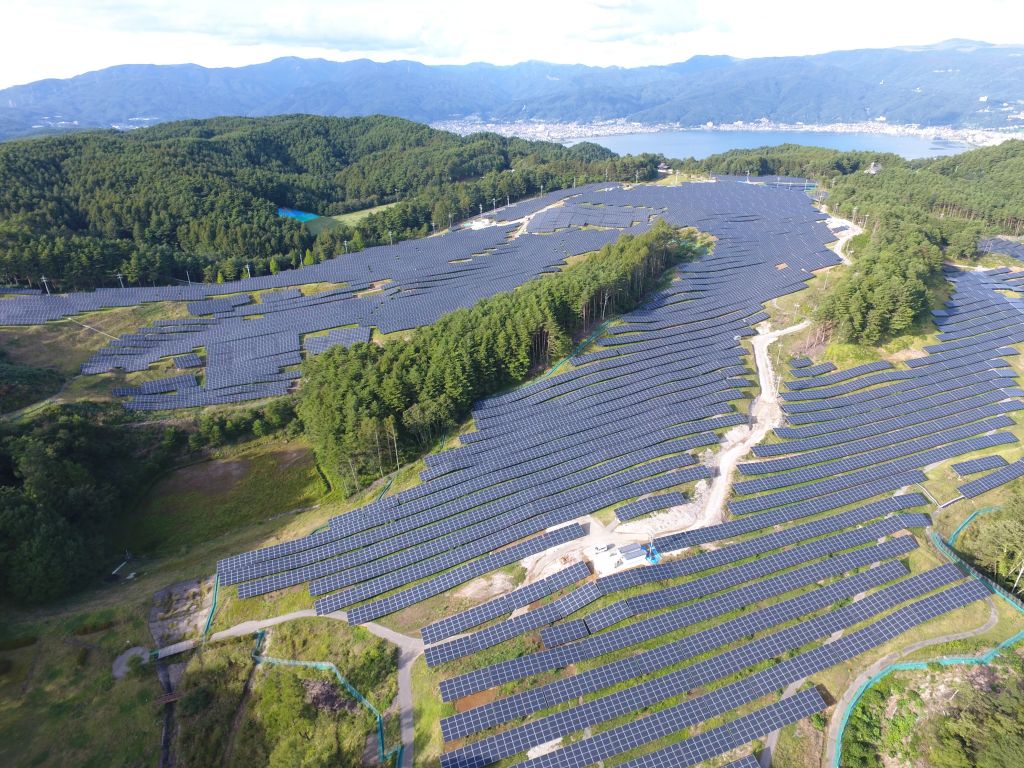The Agency for Natural Resources and Energy — an entity under the Ministry of Economy, Trade and Industry (METI) — said the Japan Photovoltaic Energy Association’s (JPEA) new assessment guide addresses many of the problems posed by rapid PV development over the past five to six years.
It added that the document provides an invaluable resource for third parties, such as insurers and prospective secondary-market investors in their assessments of project quality, particularly for smaller installations in the 10 – 50 kW range.
“We expect that the evaluation guide will ensure proper maintenance and reinvestment, to ensure the long-term stable operation of solar power generation and revitalize the secondary market,” ANRE said in an online statement last week.
Japan’s old feed-in tariff (FIT) system was particularly effective in facilitating solar development, pushing the country’s cumulative installed PV capacity from just 6.6 GW at the end of 2012, to nearly 50 GW by December 2017, according to statistics from the International Renewable Energy Agency (IRENA).
However, the government’s generous subsidies sparked a gold-rush mentality in the early days of the FIT system, drawing scores of inexperienced investors and would-be developers into the PV sector. This has left the country with numerous poorly constructed projects, raising concerns about the long-term viability of many installations.
The guide, which JPEA published in June, covers civil engineering requirements for projects, as well as legal issues, O&M standards and concerns related to the acquisition of completed PV installations. It proposes a two-step form of evaluation, starting with primary visual assessments of installations, mounts and cables, followed by more detailed assessments of safety standards, legal issues and regulatory concerns.
Research firm RTS Corp. echoed the sentiments of ANRE in its latest monthly survey of the Japanese PV industry, saying that the guide will improve the business environment and ensure that project owners continue to invest in the maintenance of operational PV arrays. “It is expected to revitalize secondary trading,” the Tokyo-based consultancy concluded.
The release of JPEA’s new guide follows the publication last December of another document on how to properly dispose of used PV modules.
This content is protected by copyright and may not be reused. If you want to cooperate with us and would like to reuse some of our content, please contact: editors@pv-magazine.com.



By submitting this form you agree to pv magazine using your data for the purposes of publishing your comment.
Your personal data will only be disclosed or otherwise transmitted to third parties for the purposes of spam filtering or if this is necessary for technical maintenance of the website. Any other transfer to third parties will not take place unless this is justified on the basis of applicable data protection regulations or if pv magazine is legally obliged to do so.
You may revoke this consent at any time with effect for the future, in which case your personal data will be deleted immediately. Otherwise, your data will be deleted if pv magazine has processed your request or the purpose of data storage is fulfilled.
Further information on data privacy can be found in our Data Protection Policy.